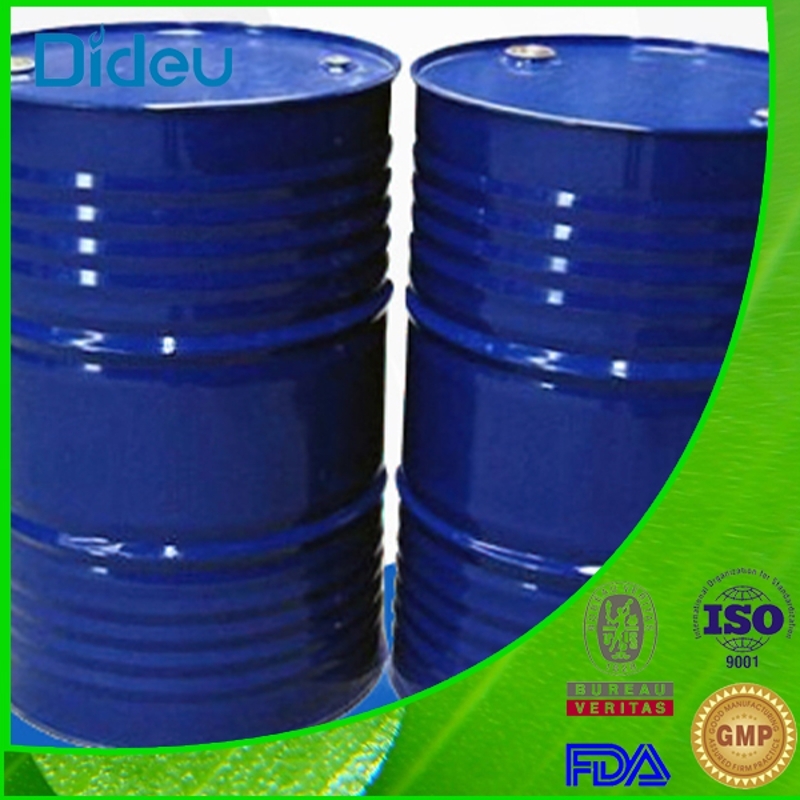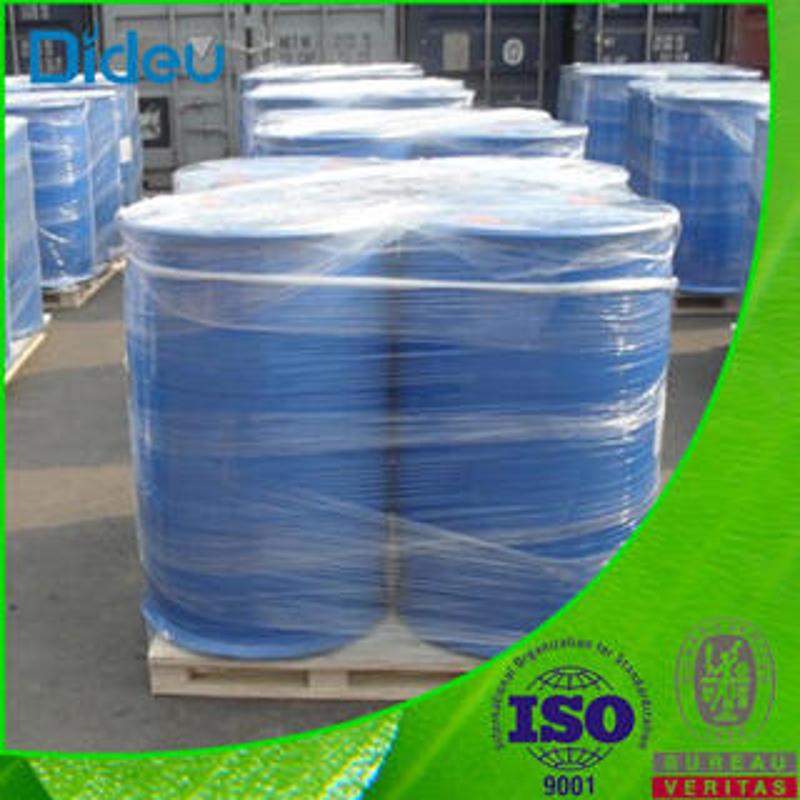-
Categories
-
Pharmaceutical Intermediates
-
Active Pharmaceutical Ingredients
-
Food Additives
- Industrial Coatings
- Agrochemicals
- Dyes and Pigments
- Surfactant
- Flavors and Fragrances
- Chemical Reagents
- Catalyst and Auxiliary
- Natural Products
- Inorganic Chemistry
-
Organic Chemistry
-
Biochemical Engineering
- Analytical Chemistry
-
Cosmetic Ingredient
- Water Treatment Chemical
-
Pharmaceutical Intermediates
Promotion
ECHEMI Mall
Wholesale
Weekly Price
Exhibition
News
-
Trade Service
2.4 Acid-resistant alkaline comparison
In order to test whether colored sand is acid rain-resistant in practical applications, and whether colored sand fades in alkaline environments, the test preparation pH of 4 sulfuric acid solution simulates acid rain environment, the preparation quality score is 5%. Sodium hydroxide solution simulates alkaline environment, respectively, blue inorganic gel gel color sand, red organic dyed color sand and yellow high temperature ceramic color sand acid-alkali test, acid-resistant alkaline test before and after color sand color and shape as shown in Figure 3, acid-alkali test before and after water color as shown in Figure 4.. As can be seen from Figure 3 and Figure 4, for blue inormeric gel color sand, after acid immersion and alkali immersion test, the color of color sand did not change significantly, and after drying color sand did not clump phenomenon, the particles dispersed well;
For organic dyed color sand and high temperature ceramic color sand, after alkali immersion and acid immersion test, the color of color sand particles appeared obvious changes, there are many faded white quartz sand particles, especially after alkali immersion of high-temperature terracotta sand, after drying there is a significant glomeration phenomenon;
2.5 Micromorphological Comparison
Using SEM, three kinds of colored sand were tested as they were and their microstructure characteristics after wear, crushing, acid immersion and alkali immersion, the results of which are shown in Figure 5.As can be seen from Figure 5, as far as the appearance of color sand is concerned, the inorganic gel gel color sand as a whole is spherical and spheroidal, the surface structure is dense, there are no obvious angles and defects, the spherical degree is higher, while the shape of high-temperature pottery color sand and organic dyed color sand is similar to the shape of osteographic quartz sand, irregular particle shape, and the surface appears obvious angle and defect, the spherical degree is lower. The surface dense and defect-free spherical structure can effectively improve the pressure resistance and wear resistance of color sand, which may be the inorganic gel gel color sand crushing value and wear rate are significantly lower than the high temperature ceramic color sand and organic dyed color sand internal reasons. Before and after the wear test, the shape structure of the 3 kinds of colored sand did not change significantly, indicating that the wear test only affected the outer layer of the colored sand, and did not affect its overall appearance. After acid and alkali resistance test, there was no obvious change in the surface structure of inorganic gel gel color sand, which also showed good acid resistance and alkali resistance, and after the acid and alkali resistance test of high temperature terracotta color sand and organic dyeing color sand, there were obvious traces of acid-base corrosion on the surface, and the surface wrap layer was damaged, which may be the internal reason for color change in the acid-alkali resistance test. From the color sand section structure, inorganic gel gel color sand section presents obvious steel slag base and wrap layer, and the package layer is thick, the gel layer and steel slag base seamless bonding between the high temperature terracotta sand and organic dyeing color sand section also appear obvious quartz base and dyeing layer, but the dyeing layer is very thin. The thicker color wrap layer is beneficial to improve the corrosion resistance and wear resistance of color color, which shows that inorganic gel gel sand is more warm ceramic color sand and organic dyed color sand is more color durability.3 Conclusion
(1) Because the artificial color sand prepared by inorgic gel is spherical and spheroidal, and the surface wrap layer is thick, the wrap layer is seamlessly bonded with the base, clean and dense, showing good wear resistance, pressure resistance and acid-base erosion.
(2) commercially available organic dyeing color sand and high temperature pottery color sand surface dyeing layer is thin, the overall shape of color sand particles and quartz sand bone is similar, the spherical degree is low, and the surface of color sand is not clean, there are obvious defects, resulting in its pressure resistance and wear resistance is poor, and the resistance to acid and alkali corrosion is poor..






